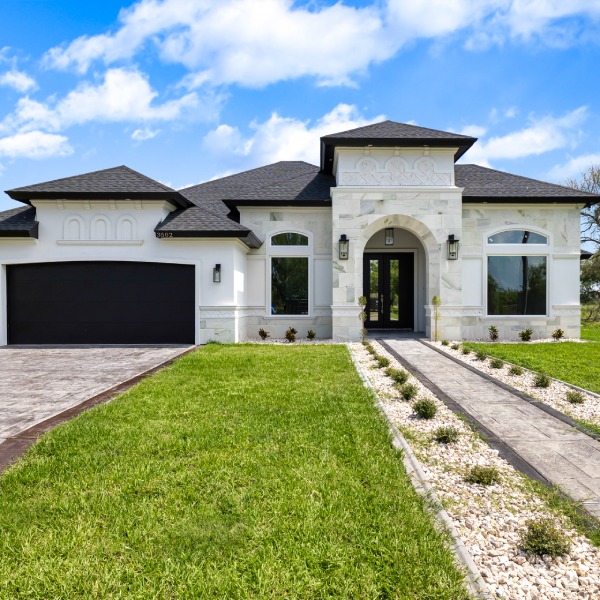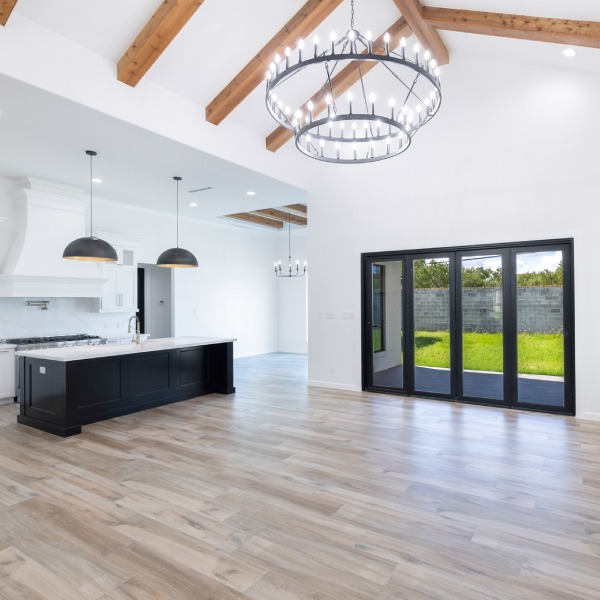
Building your dream home from scratch is one of the most thrilling – and intimidating – undertakings you can attempt. But in terms of designing and building a custom home, the payoff can be huge. Sure, the costs might seem overwhelming at first, but the freedom to personalize every inch of your living space to suit your preferences can be priceless.
Before you build, make sure you understand the costs and benefits of building a custom home. Read on to see how custom home costs vs benefits compare.
The Dream: What’s So Special About a Custom Home?
Picture stepping into a home where every corner and every detail reflects your personal vision. A custom home puts you in control of it all—from the layout to the tiniest touches, like the finish on the kitchen cabinets. It’s the ultimate form of self-expression.
Craving an open floor plan? Consider it done. Longing for a spa-inspired bathroom sanctuary? No problem! With a custom home, you’re free from cookie-cutter designs and fully in charge of the process. You’re in the driver’s seat.
But this creative control comes with a price—literally.
Breaking Down the Costs

Land Acquisition
Before you even begin laying the foundation of your home, you need to purchase the land. The price can vary dramatically based on location. In Texas, land prices are on the rise, and rural land can now cost as much as $4,500 per acre.
Keep in mind that the cost of land depends on its size, location, and access to utilities. Raw, undeveloped land may cost less but usually demands more investment in site preparation, which can include grading and installing utilities like water and electricity.
Construction Costs
Construction costs can fluctuate based on where you build. For McAllen, for instance, costs can range from $90 to $210 per square foot. This means for a 2,500-square-foot home, you’re looking at anywhere between $225,000 and $525,000, excluding land costs. And that’s just the base level.
Some of the key factors affecting construction costs include:
- Materials: Higher-quality, durable materials increase upfront costs but save on maintenance costs in the long run.
- Labor: Skilled labor is vital to bringing your vision to life. However, specialized labor—such as architects, electricians, and plumbers—comes at a premium.
- Design complexity: Want a sprawling mansion with fancy rooflines and custom windows? The more intricate your design, the higher your costs.
Site Development
Don’t overlook the hidden costs like site preparation, which can easily add thousands to your budget. Depending on the land, you might need to clear trees, install utilities, or even level the terrain. Costs for site development in McAllen can range from $30,000 to $100,000, depending on the complexity.
Permits and Fees
Yes, paperwork has a cost, too. You’ll need permits for everything from electrical work to plumbing. Permit costs usually account for 8% to 15% of your total construction costs.
The Hidden Costs
It’s important to plan for the “extras”—those pesky unforeseen expenses that tend to sneak up. Things like:
- Land surveys (which can cost between $376 and $770)
- Utilities (hooking up water, gas, and electricity might not be as simple as flipping a switch)
- Landscaping (because you’ll want your home to look good inside and out)
The Benefits: Is It Worth It?

For all these costs, you might be asking: What’s in it for me?
1. Complete Customization
The biggest perk of a custom home is personalization. No pre-built house is going to match your exact needs like a custom one will. You can integrate the latest design trends and energy-efficient technologies right into the blueprint.
Want an open floor plan to host family gatherings? Done. Looking for a home office that offers peace and quiet? You’ve got it. It’s your home, exactly the way you want it.
2. Energy Efficiency and Long-Term Savings
Building from scratch means you can prioritize energy-efficient options. From solar panels to energy-efficient appliances, modern homes consume less energy. While these upgrades can cost more upfront, they’ll save you money in the long run through lower utility bills.
3. Quality and Durability
Custom homes often use higher-quality materials, which means fewer repairs down the line. You’re not inheriting someone else’s problems like with an older pre-built home. By choosing durable materials, you’ll likely spend less on maintenance and repairs over the years.
4. Higher Resale Value
A well-built custom home often holds more value in the real estate market, especially if you’ve chosen a desirable location. Unique, high-quality homes stand out, and buyers are willing to pay a premium for a house that’s both beautiful and functional.
The Comparison: Custom Home vs. Pre-built
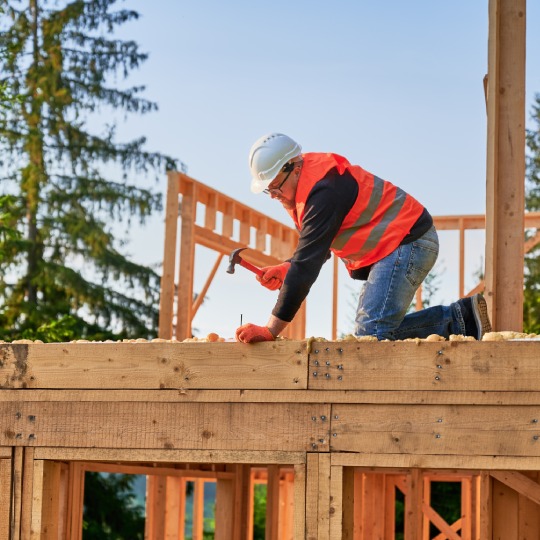
When weighing the cost of building a custom home against buying a pre-built one, it all comes down to what you value more: personalization or convenience.
Pre-built homes offer convenience. You can move in immediately. But they come with compromises—limited design choices, dated finishes, and possibly the need for renovation, which can be costly and time-consuming.
Custom homes, on the other hand, are built for you. However, they take time, effort, and money. You’ll need to oversee the design and construction process, which can be overwhelming for some.
Custom Homes Simplified with Liongate Builders
While custom home building requires time and effort, Liongate Builders makes the process much simpler, guiding you every step of the way. From the moment you envision your dream home to the day you receive the keys, our team brings years of expertise and dedication to delivering exactly what you want—without overwhelming you.
Liongate helps streamline the process with its online pre-qualification process that you can complete in minutes.
You don’t have to spend time worrying about overseeing the entire project either. We keep you updated on progress, ensuring that everything stays on track. We handle every aspect of the construction, offering peace of mind by keeping you informed and involved without the stress of day-to-day management.
Plus, we are committed to affordability. That means we are always looking for ways to make your custom home achievable within your budget. With expert craftsmanship and a personalized approach, we ensure you get the home you’ve always wanted—without breaking the bank.
Cost-Saving Tips for Building a Custom Home
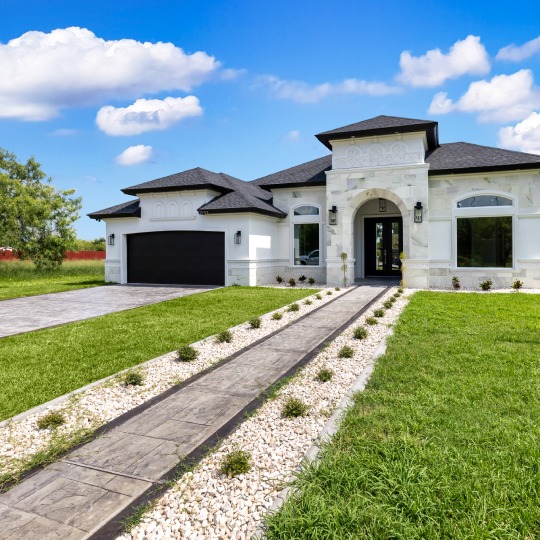
If you’re determined to build a custom home but are concerned about the cost, here are some practical tips to stay within budget:
- Choose cost-effective materials: Opt for durable yet affordable materials like engineered wood instead of hardwood. These choices can significantly cut costs while still offering aesthetic appeal.
- Energy efficiency: Invest in energy-saving appliances and building techniques, which can lower long-term operational costs.
- Simplify the design: The more elaborate the design, the higher the cost. Consider streamlining the architecture to reduce expenses without sacrificing beauty.
Build Your Custom Home in McAllen With Us!
Building a custom home offers unmatched opportunities to create a space tailored precisely to your vision. Yes, the process requires planning and financial investment, but with the support of an experienced custom home builder, it can be more affordable and less stressful than you might think.
Ready to turn your dream home into reality? Liongate Builders is here to bring your vision to life with personalized design and expert craftsmanship. Let’s build a home that’s truly yours. Contact us today to get started!







 It is amazing to see the pace at which the construction industry is adopting drone technology. Drones are making a real difference by giving construction teams immediate insights into their sites. This means workers can now inspect areas from a safe distance, avoiding potentially risky situations.
It is amazing to see the pace at which the construction industry is adopting drone technology. Drones are making a real difference by giving construction teams immediate insights into their sites. This means workers can now inspect areas from a safe distance, avoiding potentially risky situations.
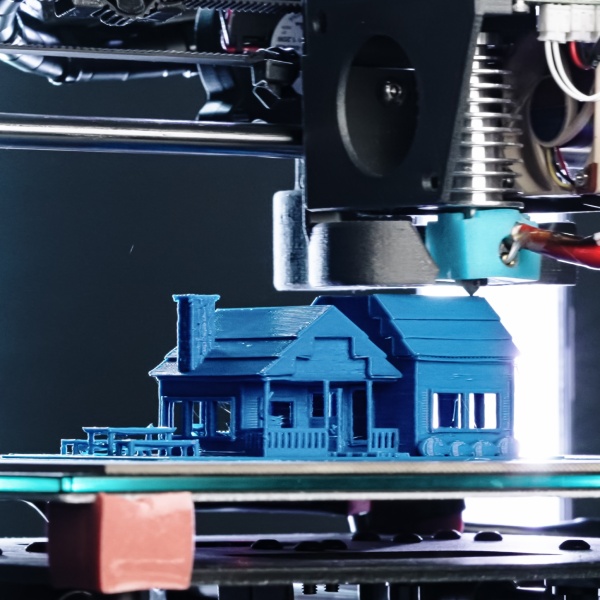 3D printing is making waves in the construction industry by revolutionizing how we build structures. Using specialized construction printers, this technology allows us to fabricate buildings layer by layer. The benefits are impressive: it minimizes construction waste, lowers labor requirements, boosts productivity, and speeds up project timelines significantly.
3D printing is making waves in the construction industry by revolutionizing how we build structures. Using specialized construction printers, this technology allows us to fabricate buildings layer by layer. The benefits are impressive: it minimizes construction waste, lowers labor requirements, boosts productivity, and speeds up project timelines significantly.



